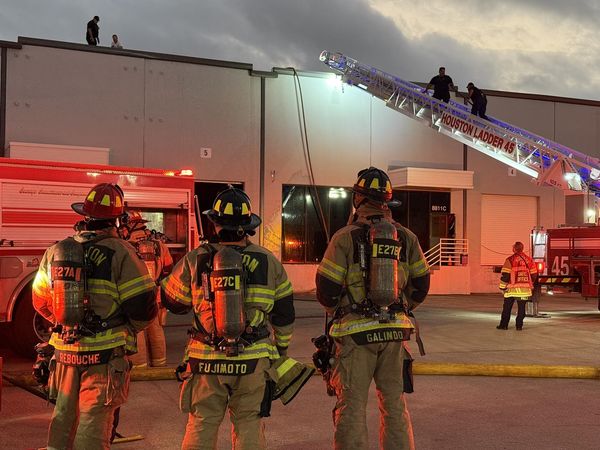
Anyone with even a passing interest in the natural world will have noticed a dramatic phenomenon this year: a lack of insects. Perhaps most noticeable is the near-absence of butterflies. Species that are usually common, such as large and small whites, small tortoiseshells, gatekeepers, ringlets, peacocks and meadow browns, are in many places down to the point of having almost disappeared. This is certainly the case where I live, in Cambridge.
Bee populations seem to be down here, too, with flowery margins that would at this time of year normally be alive with pollinators now eerily quiet. Hoverflies are depleted, moths scarce and aphids have either appeared very late or not at all. Buddleia bushes, with their fragrant mauve flowers that are usually festooned with butterflies, moths and many other insects, sit naked of their normal visitors.
There are several probable reasons for this sudden reduction compared with typical summers. The weather has not helped, with a cool and wet spring across much of the country suppressing insect numbers. But even with that factored in, this year’s sudden drop comes after many years of much longer-term decline.
When I was a child travelling in a car during the summer, journeys were accompanied by windscreen collisions with all kinds of insects – moths, beetles, butterflies, aphids, lacewings, craneflies and more. When we stopped, a clean of the front windscreen was often required, as the invertebrate debris overwhelmed the washers and wipers.
These days, drivers can cross the entire country and finish their journey with a clean screen. It’s true that cars are more streamlined and that some small flying creatures will whiz past rather than being hit, but numberplates are still as flat and as lethal as they ever were, and from those we have some data.
Surveys going back 20 years to 2004 reveal a sharp drop in the number of insects found splattered on numberplates in the UK. The scale of decline is staggering, with evidence gathered from numberplates showing a drop of 78% between then and 2023. Such findings place this year’s sudden insect decline into the context of a longer-term trend and show how erratic weather patterns are hitting already depleted populations.
Going back further, by about a century, the drop is likely to be far larger still. Dave Goulson, one of the UK’s leading entomologists, estimates that insect populations compared with a century ago are 90% to 95% down. That was not caused by one wet spring: it is the result of a combination of factors that include the rise of ever more intensive farming, habitat loss, habitat fragmentation, pollution and the impacts of climate breakdown.
Aside from the depressing silence and stillness of gardens, woods, hedgerows and grasslands, there are more practical implications. For example, many of our crop plants – including oilseed rape, tomatoes, apples and strawberries – depend on wild insects to pollinate them. Insects are also the food source of many mammals and birds that are also in decline. In the spring I also noticed the dawn chorus was much depleted, with one possible reason for that being insect scarcity.
The present position will hopefully be temporary but is nonetheless a wake-up call about the scale of losses that have taken place in recent decades. With ambitious legal targets set out in the Environment Act, including to halt species decline by 2030, and an international commitment to protect 30% of land and sea for nature by the same year, it is very clear that major change is needed now. It is pleasing to see that the incoming government has a sense of the challenge in front of us and has committed to positive measures, such as changing existing policies on emergency authorisations for neonicotinoid pesticides.
We will need to go further, though, including shifting the culture that favours neat and tidy verges, edges and hedges to create wilder gardens and bigger, better and more connected natural habitats. And we need to reduce pesticide use more broadly – not only in farming but in gardens and parks. All that will be needed not only to stem long-term decline but to create the resilience that our wildlife at present lacks, and which will be needed more and more as climate breakdown leads to more extreme weather.
One thing that we can all do to help is to get out and gather more information. This weekend the annual Big Butterfly Count gets under way, helping people survey their local area as part of a vital national counting exercise – a fantastic example of citizen science in action.
Nature is not just a nice thing to have: it is vital for our national health, wealth and security. Our butterflies and other insects are telling us something rather important.
Tony Juniper is chair of Natural England and author of What Has Nature Ever Done for Us?







